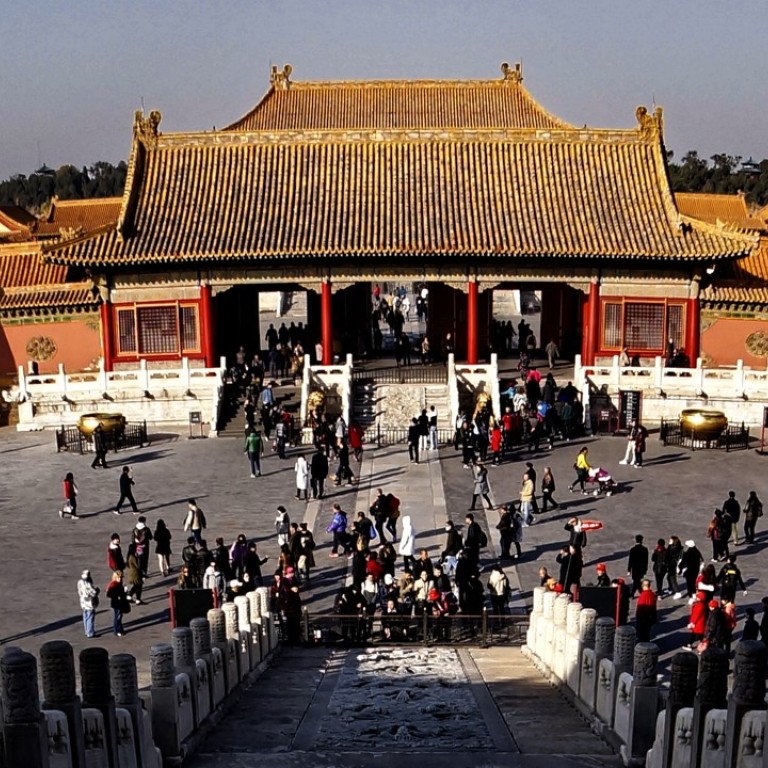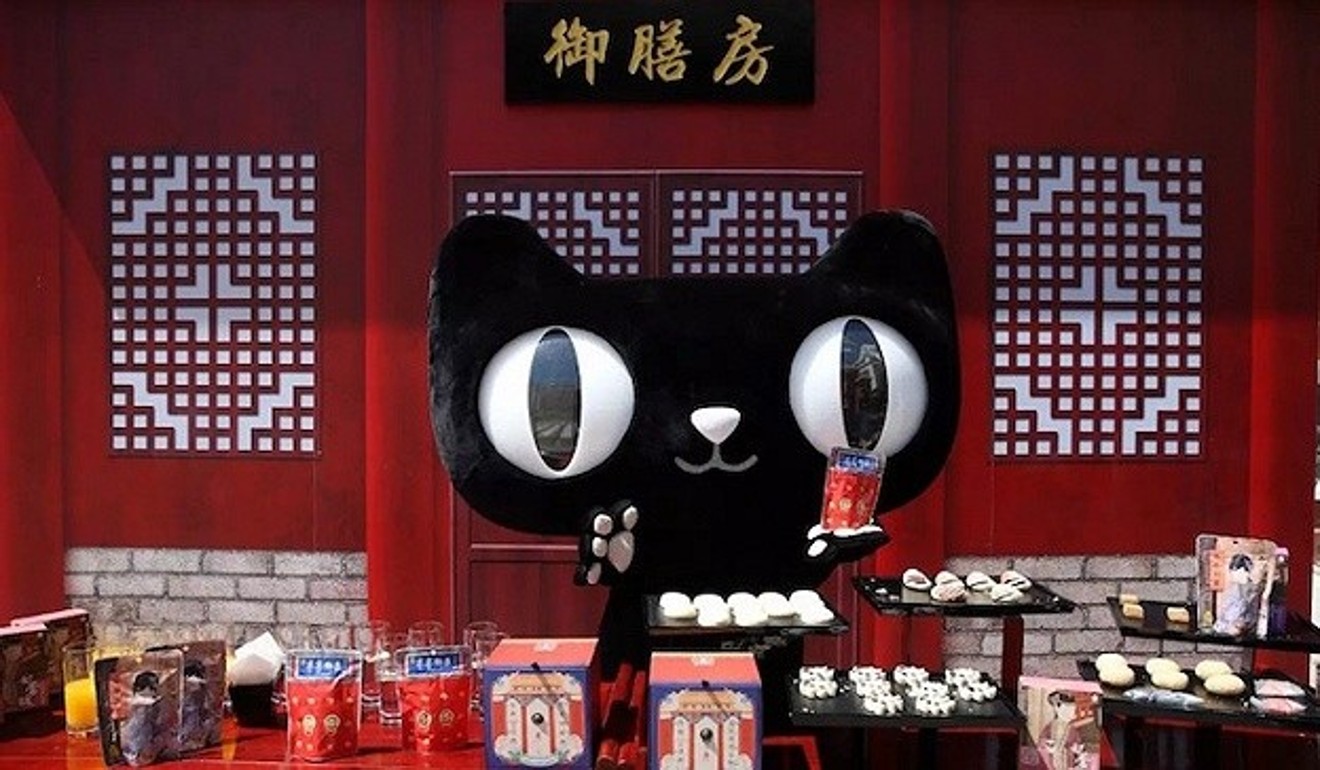
New | The Forbidden City’s treasures for the masses, at their finger tips
The Palace Museum wants not only to sell cultural heritage, but also merchandise inspired by the imperial past that Chinese consumers have a thirst for
At China’s five century old Forbidden City in the heart of Beijing, 16 million visitors a year navigate through its numerous halls and pavilions with red walls and yellow-glazed roof tiles perched on white marble terraces.
Museum officials are hopeful that the visitors take away with them a grasp of the aesthetics of Chinese ancient architecture and the brilliance of the artisans, as well as be persuaded by the “soft power” of a country with 5,000 years of civilization.
The largest palace on the planet has raised its retail game and turned it into a proliferating commercial hub, raking in more than 1 billion yuan(US$145 million) a year from merchandising and retailing alone.
The Palace Museum last week took a step further. It put the imperial court’s secret recipe choices up for sale on Alibaba Group Holdings’ online marketplace Tmall.
“There are loads of thrilling royal recipes at the Forbidden City,”said Yuan Hongqi, a researcher at the Palace Museum.
“We want to find good platforms to make them only a few clicks away from consumers, and turn them into revenues.”

There are loads of thrilling royal recipes at the Forbidden City. We want to find good platforms to make them only a few clicks away from consumers, and turn them into revenues
Until recently, the Palace Museum had peddled mainly wearisome books and overpriced postcards at its poorly illuminated gift shops, making it and other Chinese peers latecomers to the thriving merchandising business that global museums have enjoyed for decades.
The best role model in Chinese cultural merchandising would come from the Palace Museum’s Taiwanese counterpart – the National Palace Museum, with which it shares its roots. The Taipei museum’s holdings were spirited out of mainland China in 1949 with Chiang Kai-shek’s retreating Nationalist forces.
Shan Jixiang, director of the Beijing institution, said last year they had “borrowed a lot of ideas from” the National Palace Museum in Taipei.
As early as the 2000s, mouse pads featuring masterpieces of Chinese paintings were among the best-sellers at the Taipei landmark. Postage stamps and replicas of the museum’s most prized collections have been on sale since the 1980s.
“We have rolled out Forbidden City themed power banks, soap containers, sticky notes, and chopsticks,” Shan said. “Revenue growth has been robust.”
All profits will be pumped back to the Palace Museum, which is in the midst of a costly renovation scheduled to last through 2020 to reinstate its imperial-era appearance.

The Palace Museum also has its own movie studio, Beijing Forbidden City Film Co., although its productions have largely skipped the palace intrigue genre.
In fact, three of China’s TV favourites, Fan, Zhao Wei and Ruby Lin from Taiwan, all owed their careers to a single hit – My Fair Princess (還珠格格) – set in the 18-century during the reign of Emperor Qianlong.
It is all these that have sparked a craze among millennial Chinese for products tied to where the imperial tales constantly took place – the Forbidden City.
Much of the Palace Museum’s merchandise revolves around Yongzheng and Qianlong, the two enthralling Qing emperors whose romances with their concubines of various ranks have inspired myriads of novels, dramas and films.
At the Forbidden City, shoppers can purchase teapots shaped as Qianlong, or iPhone cases featuring patterns of the imperial court dress supposedly worn by Yongzheng.

Today, it is also elbowing its way into the Hong Kong retail scene as its first overseas market. Last month, Shan revealed plans to sell Forbidden City inspired gifts in the planned Hong Kong Palace Museum designed to exhibit artefacts from the Beijing institution in West Kowloon.
Alibaba owns the South China Morning Post.

